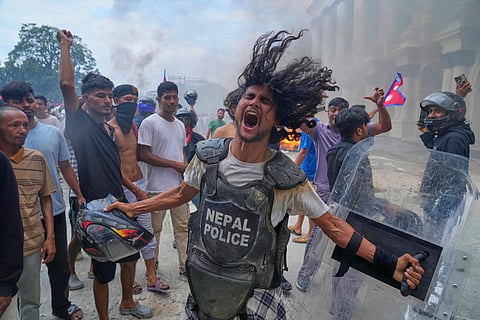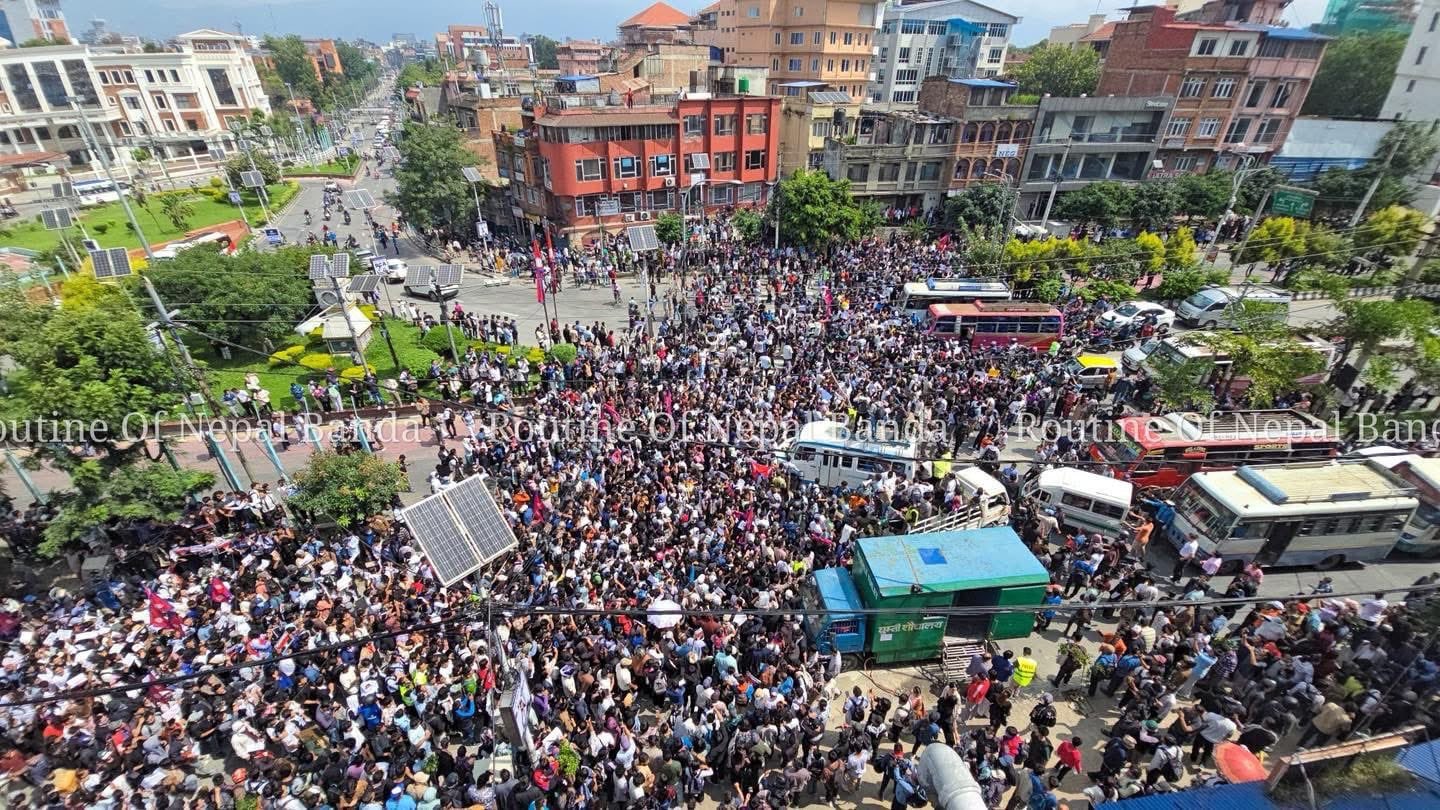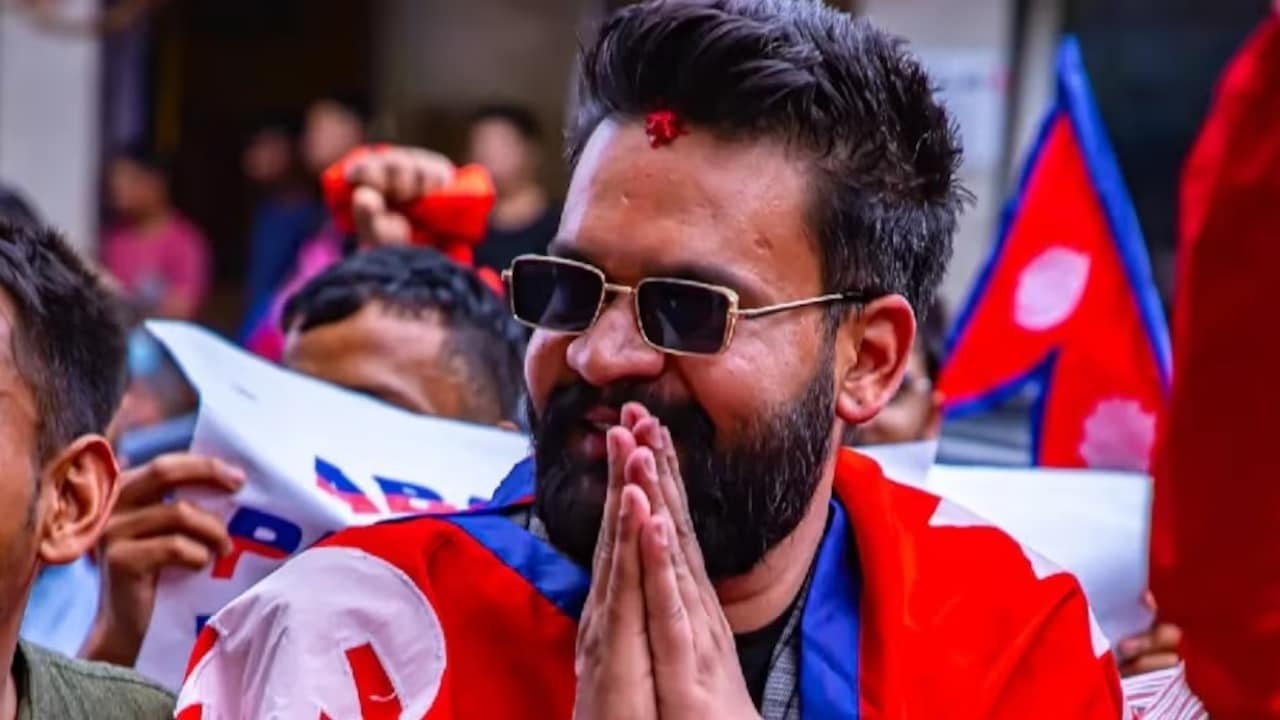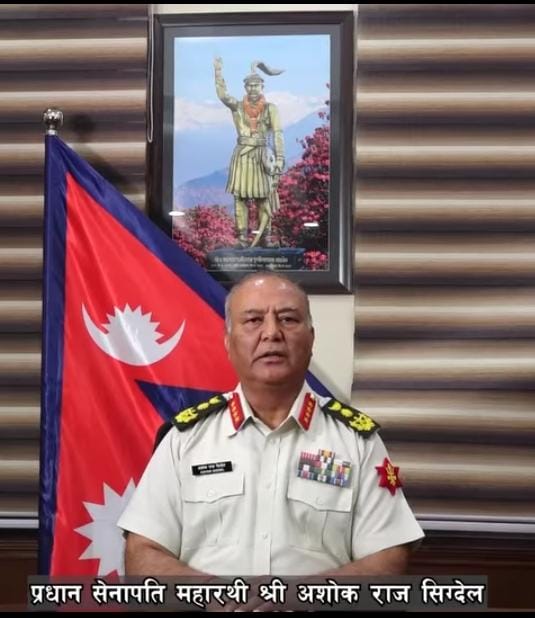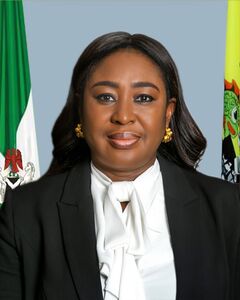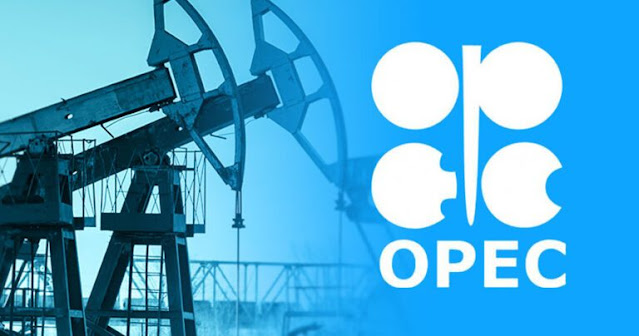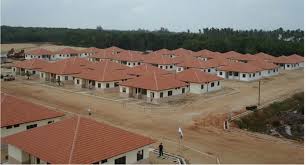In his resignation letter, Oli, who began his fourth term as Prime Minister in July 2024, stated that he was stepping down “to facilitate the solution to the problem and to help resolve it politically in accordance with the Constitution.” The move came after days of escalating violence, with dozens injured and serious damage caused to government property. The violence has prompted the closure of Nepal’s only international airport, Tribhuvan International, as the country’s security forces scrambled to contain the situation.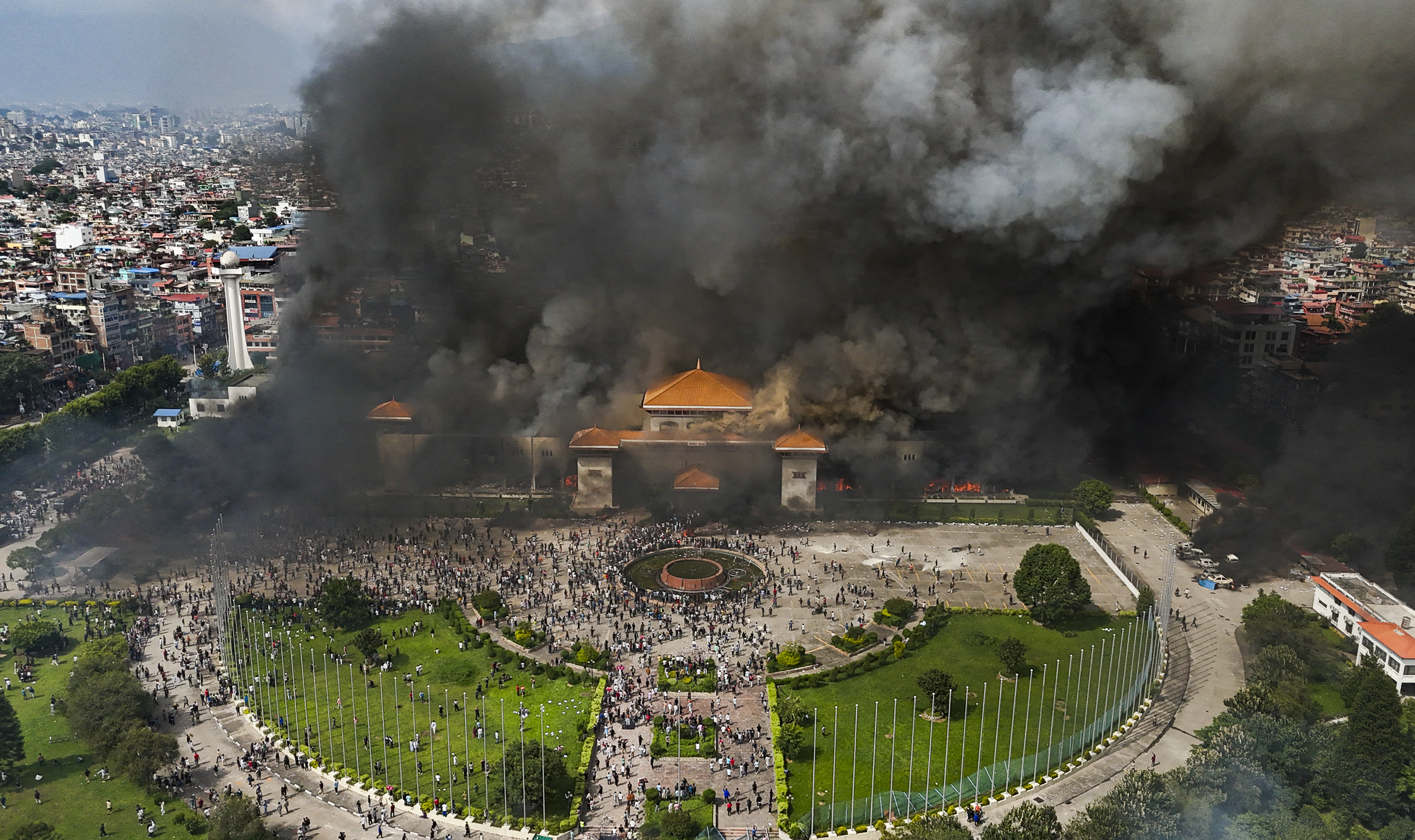
The unrest was initially sparked by the government’s decision to ban 26 social media platforms, including Facebook, WhatsApp, Instagram, X, and YouTube, after they failed to comply with new registration deadlines set by the authorities. However, the protests quickly gained momentum, with many young Nepalis, particularly from the Gen Z demographic, expressing outrage over what they see as growing corruption and inequality perpetuated by the country’s political elites.
Photographs that have recently circulated on social media, showing the lavish lifestyles of political figures’ children, have played a significant role in fueling the protests. These images, often tagged with #nepokids, depicted the children of high-ranking politicians on luxury vacations, wearing expensive designer clothing, and indulging in extravagant activities. The hashtag “#nepokids” quickly became a symbol of what many protesters perceive as the widening gap between the political elite and the common Nepali citizen. The images contrast sharply with the everyday struggles of many Nepalis, where one in four people live below the national poverty line.
Although the authenticity of these images remains unclear, they have resonated deeply with the younger generation, who have expressed frustration over the perceived corruption and nepotism within the political system. One of the most widely shared photos purported to show the son of a prominent minister posing with Louis Vuitton and Cartier-branded boxes arranged as a Christmas tree. Another video allegedly showed the son of a former judge dining at high-end restaurants and posing with a Mercedes car. These images have been described as a stark reminder of the inequality that persists in Nepal, particularly as the country continues to grapple with economic hardships.
The protests intensified as young people voiced their dissatisfaction with a political system they believe has enriched the powerful at the expense of the common people. “The contrast between elite privilege and everyday hardship struck a deep chord with Gen Z and quickly became a central narrative driving the movement,” said Raqib Naik, Executive Director of the Center for the Study of Organized Hate, a Washington-based watchdog group that monitors extremism and misinformation in South Asia.
Nepal’s growing “nepo kids” trend, akin to the “nepo babies” phenomenon in the West, has sparked debates on nepotism, corruption, and the privileges enjoyed by the children of the country’s political and business elite. This trend has highlighted the stark disparities between the affluent lifestyles of political figures and the struggling majority, with many protesters calling for accountability and transparency.
Transparency International has long ranked Nepal as one of the most corrupt countries in Asia, and the recent protests have reignited long-standing grievances about the country’s political class. Despite numerous scandals involving politicians and government officials, there have been few successful prosecutions. In one notable example, a parliamentary probe revealed that at least $71 million was embezzled in the construction of the international airport in Pokhara, and in another case, Nepali leaders were accused of collecting money from young people seeking employment in the United States under a refugee program intended for ethnic Nepalis forcibly deported from Bhutan.
As the violence rages on, the Nepal Army and senior security officials have issued joint appeals urging restraint and dialogue as the only viable path to restore stability. The Army has pledged to protect the nation’s sovereignty, citizens’ lives, and property, while monitoring developments in the Gen Z-led movement. In a statement, the Nepal Army expressed its commitment to maintaining peace and social harmony. “Any acts of violence, including vandalism, arson, and targeted attacks on individuals and property, will be treated as punishable offenses, and security forces will take stern action,” the Army said.
Amid the unrest, the Nepal Army also confirmed that emergency services, such as ambulances, fire trucks, and vehicles carrying essential personnel, would be allowed to operate during curfew hours. Security forces have been mobilized to handle the crisis, while authorities warned that further violence could lead to the full deployment of security mechanisms.
In response to the growing unrest, the Nepal Army issued a statement urging citizens, particularly retired military personnel, government employees, and journalists, to avoid spreading rumors and instead rely on official sources of information. The Army emphasized the importance of maintaining national unity and social harmony, while continuing efforts to restore normalcy. “The security forces are committed to ensuring the safety of all Nepalis and will cooperate with all efforts to address the ongoing crisis,” the Army said in a statement.
The crisis has raised questions about the future of Nepal’s political stability. With Prime Minister Oli’s resignation, the country is now left to grapple with the challenges of restoring order and rebuilding trust in the government. While Oli’s departure may signal the end of his controversial leadership, the core issues of corruption, inequality, and youth disillusionment remain unresolved. For now, the focus remains on the ability of Nepal’s security forces and political leaders to quell the violence and engage in meaningful dialogue to address the root causes of the protests.
As the situation unfolds, many are questioning whether this crisis will lead to significant political reforms or whether the anger that has been unleashed will continue to fuel instability in the months to come. For now, the country remains in turmoil, with citizens anxiously waiting to see what comes next in Nepal’s ongoing political saga.


